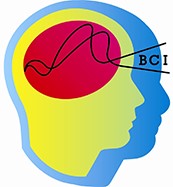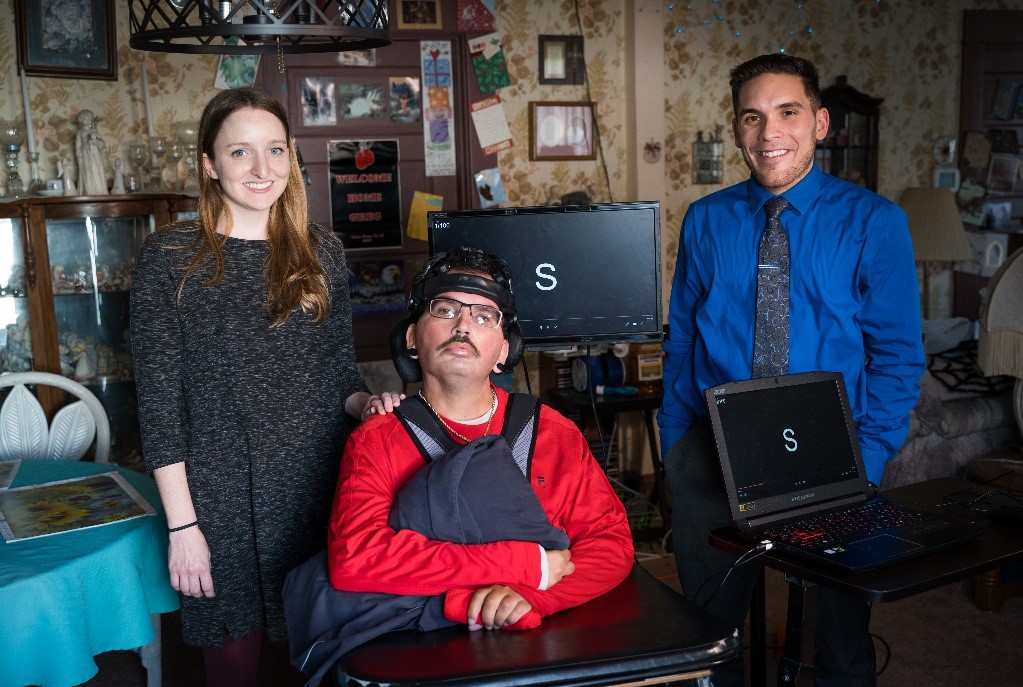Brain-computer interface systems

Our research seeks to develop an efficient and effective brain-computer interface (BCI) system that will serve as a communication access method for individuals with locked-in syndrome. We strive to improve the accuracy and speed of the technology, as well as user satisfaction, for a system that can be used for functional written and spoken expression.
Introducing CAMBI

The REKNEW team is part of the interdisciplinary, multi-institutional Consortium for Accessible Multimodal Brain-Body Interfaces (CAMBI). This dynamic team brings together scientists and students from REKNEW and the Oken Cognitive Neuroscience Lab at Oregon Health & Science University, the Cognitive Systems Lab at Northeastern University and the Future Interactions Group at Michigan Technological University. Together, we explore and create innovative, user-centered assistive technology access methods for individuals with severe speech and physical impairments.
Learn more about CAMBI and see a list of our brain-computer interface dissemination efforts.
Please follow the links below to view written information and videos about our brain-computer interface systems for assistive technologies.
Basic design of a BCI system for assistive technology control
In BCIs using visual, auditory, or tactile stimuli, a computer selects stimuli to be presented to the user via a presentation device (e.g. display, headphones, or tactors), and the user's reactions produce brain signals. In self-driven BCIs, the user spontaneously produces brain signals;the left-hand portion of the figure (in gray) does not apply in these systems. In either case, the brain signals are processed and digitized by signal acquisition hardware and sent to the computer for analysis. If the computer has sufficient evidence to infer the user's intent, it sends a control command to the AT software or device. If not, it initiates the presentation of additional stimuli to the user, or, in the case of self-driven BCIs, awaits additional information from the user. In many systems, the user simultaneously receives input from the stimulus presentation device and feedback from the AT.
Innovations in Neuroscience

The Oregon Brain Institute published the 2018 Innovations in Neuroscience, highlighting leading edge research conducted at OHSU. The REKNEW Brain-Computer Interface program was featured in the book. We are proud of our contribution to the OHSU clinical research community which includes a short description of our work with photos and a video featuring Greg Bieker, a man with locked in syndrome and a consultant to our BCI team.